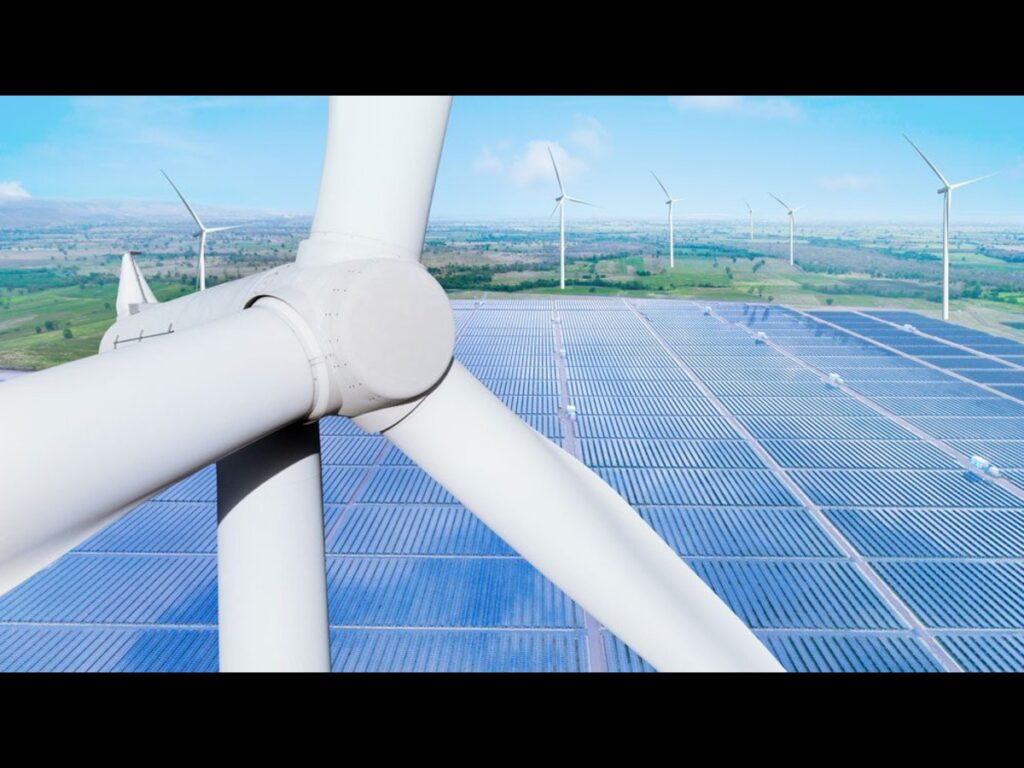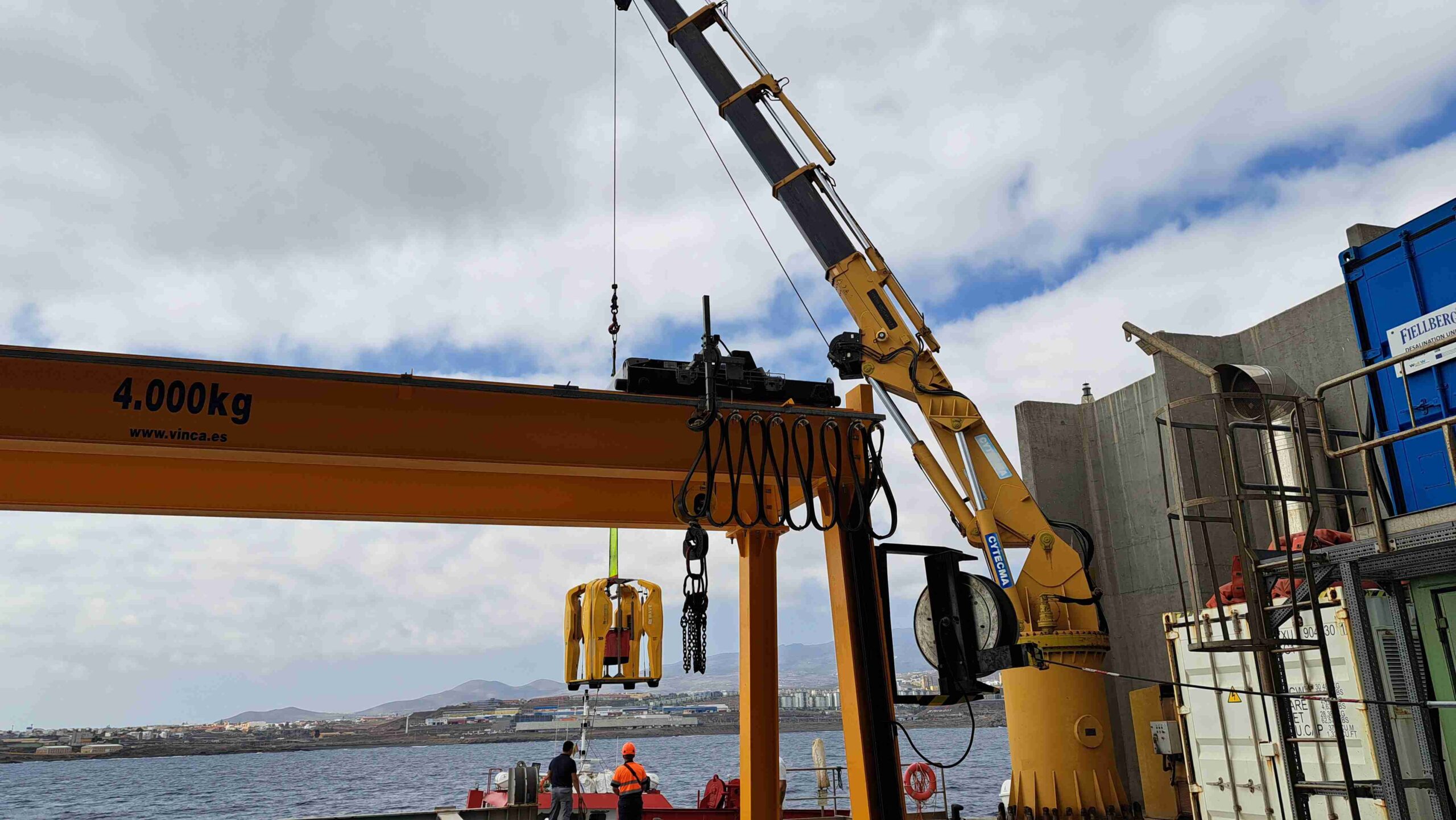
Why H2 is the future of sustainable energy
Why H2 is the future of sustainable energy https://h2-heat.eu/wp-content/uploads/2023/09/featured_light-power_and_energy-1-1024x768.jpg 1024 768 H2Heat Project https://h2-heat.eu/wp-content/uploads/2023/09/featured_light-power_and_energy-1-1024x768.jpgIn the heart of the European Union’s commitment to sustainable energy and carbon dioxide (CO2) reduction lies a revolutionary element: hydrogen gas, symbolised as H2.
The H2 molecule has emerged as a catalyst for reshaping the energy landscape, reinvigorating industries, and steering the EU toward a greener, more resilient future. Here’s a closer look at why H2 is not just a fuel, but a key player in the EU’s vision for sustainability. Its combustion produces only water vapour, offering a remarkable solution to air pollution and the climate crisis. With the EU’s ambitious targets, hydrogen offers a beacon of hope in the pursuit of a carbon-neutral continent. Hydrogen embodies the essence of clean energy, aligning perfectly with the EU’s goal of net-zero emissions. Its combustion produces only water vapour, offering a remarkable solution to air pollution and the climate crisis. With the EU’s ambitious targets, hydrogen offers a beacon of hope in the pursuit of a carbon-neutral continent.

H2’s adaptability is its superpower. From powering vehicles to fueling industries, generating electricity to heating homes, hydrogen’s versatility knows no bounds. As the EU reimagines energy consumption patterns, hydrogen’s diverse applications emerge as a linchpin for creating sustainable, cross-sectoral solutions. The focus on renewable energy sources encounters a challenge: variability. Hydrogen steps in as an elegant solution for energy storage. By converting surplus renewable energy into hydrogen during periods of abundance, the EU can store and utilise this energy, fostering a balanced, resilient energy grid.
Technological Advancements
Ongoing research and development in hydrogen technologies are driving down costs and improving efficiency. Innovations in hydrogen production, storage, and transportation are making it increasingly competitive with conventional fuels. Hydrogen production from carbon capture and utilization (CCU) processes is gaining attention. Researchers are also developing innovative techniques for producing hydrogen from biomass, including algae and agricultural waste, to create sustainable and carbon-neutral sources of hydrogen.
These technological advancements are not only reducing the costs associated with hydrogen production, storage, and transportation but are also enhancing the efficiency and environmental sustainability of hydrogen-based solutions. As a result, hydrogen is increasingly becoming a key player in our quest for a sustainable and low-carbon energy future. Stay tuned to find out more about H2Heat project and how we are creating a sustainable future.



